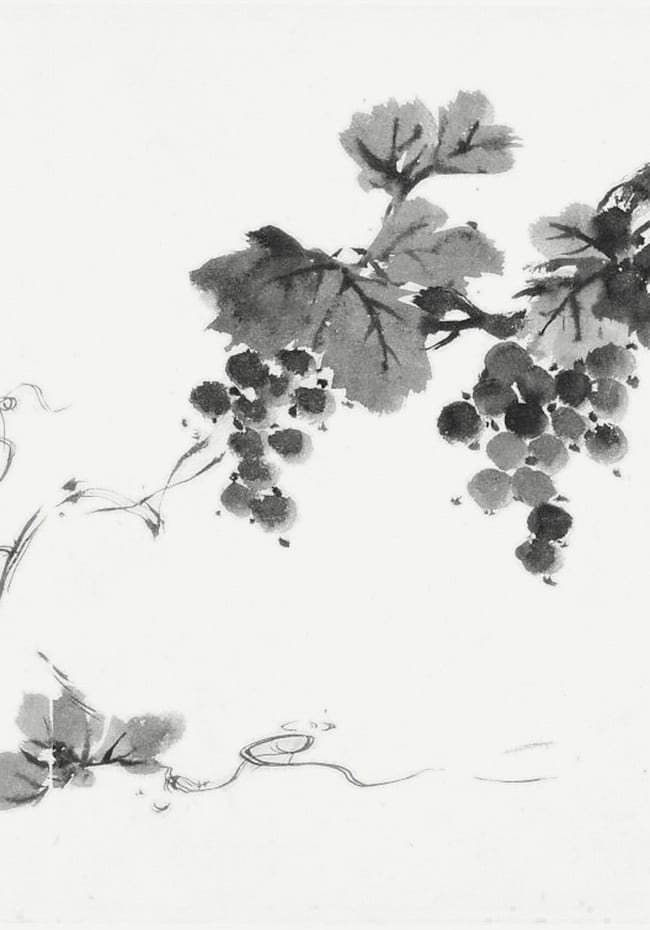
In Review
Contemplative Prayer in Christianity
Grapes on a Vine, Japan, 1800–1870. Library of Congress #2009630321
In this seminar, students read six books, and then read them again, in an attempt to deepen their understanding, to find out what the books have to say to each other, and to experience reading and rereading as contemplative practices themselves.
 The Praktikos and Chapters on Prayer
The Praktikos and Chapters on PrayerEvagrius Ponticus (trans. John Eudes Bamberger, OCSO; Cistercian Publications, 1972)
In his Chapters on Prayer, the fourth-century philosopher and ascetic Evagrius Ponticus places prayer at the heart of Christian life and identifies prayer with contemplation. “Prayer,” Evagrius wrote, “is a continual intercourse of the spirit with God” and the mark of a theologian. “If you are a theologian,” he famously wrote, “you truly pray. If you truly pray, you are a theologian.”
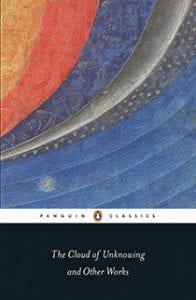 The Cloud of Unknowing and Other Works
The Cloud of Unknowing and Other WorksAnonymous (trans. A. C. Spearing; Penguin, 2001)
This fourteenth-century classic teaches prayer as a practice of seeking God in the darkness of God’s unknowability. Choose a word of one syllable, like “love” or “God,” the anonymous author teaches, and use that word to try to pierce the cloud of unknowing where God dwells.
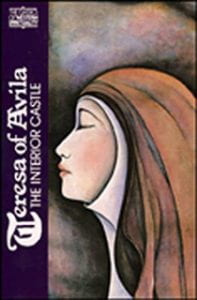 The Interior Castle
The Interior CastleTeresa of Avila (trans. Kieran Kavanagh, O.C.D., and Otilio Rodriguez, O.C.D.; Paulist Press, 1979)
Teresa of Avila’s masterpiece imagines human interiority as a palace of many rooms, at the center of which God dwells. Making the journey through one’s interior castle toward greater intimacy with God is an exercise of freedom for Teresa—“without permission from the prioress,” she tells her nuns, “you can enter and take a walk through it at any time.”
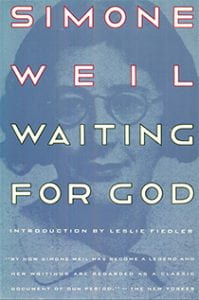 Waiting for God
Waiting for God Simone Weil (trans. Emma Craufurd; G.P. Putnam’s Sons, 1951)
Twentieth-century philosopher Simone Weil describes her vocation as lived at the intersection of everything that is Christianity and everything that is not. The essay “Reflections on the Right Use of School Studies with a View to the Love of God” develops her idea of prayer as a practice of attention that can be nurtured through study. It is an “experimental certainty,” she says, that study can sharpen our capacity to be present to God and to our suffering neighbor.
 Disciplines of the Spirit
Disciplines of the SpiritHoward Thurman (Friends United Press, 1963)
Philosopher, pastor, and theologian Howard Thurman, whose work deeply impacted the civil rights movement, offers a powerful account of the practices of commitment, growth, suffering, prayer, and reconciliation in human life. For him, prayer was the movement of the heart toward God—“God in the heart sharing its life with God the Creator of all.” The life of prayer creates a shareable “atmosphere” and strengthens our capacity to resist violence and dehumanization.
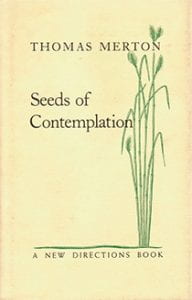 New Seeds of Contemplation
New Seeds of ContemplationThomas Merton (New Directions, 1961)
Like Thurman, Trappist monk, writer, and contemplative activist Thomas Merton describes contemplation as “life itself, fully awake, fully active, fully aware that it is alive.” This collection of meditations on and from the contemplative life offer a portrait of faith as a living and dynamic process by which the unknown is not solved but rather incorporated into our everyday lives.
Please follow our Commentary Guidelines when engaging in discussion on this site.


Please furnish more info on books used in your courses.I am not able to move to Cambridge to study.I am enrolled in Notre Dame Seminary in New Orleans in my second year of study for a Masters in Theology.My email is brandonlawfirm2@gmail.com. Thank you Mary Brandon